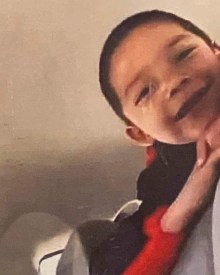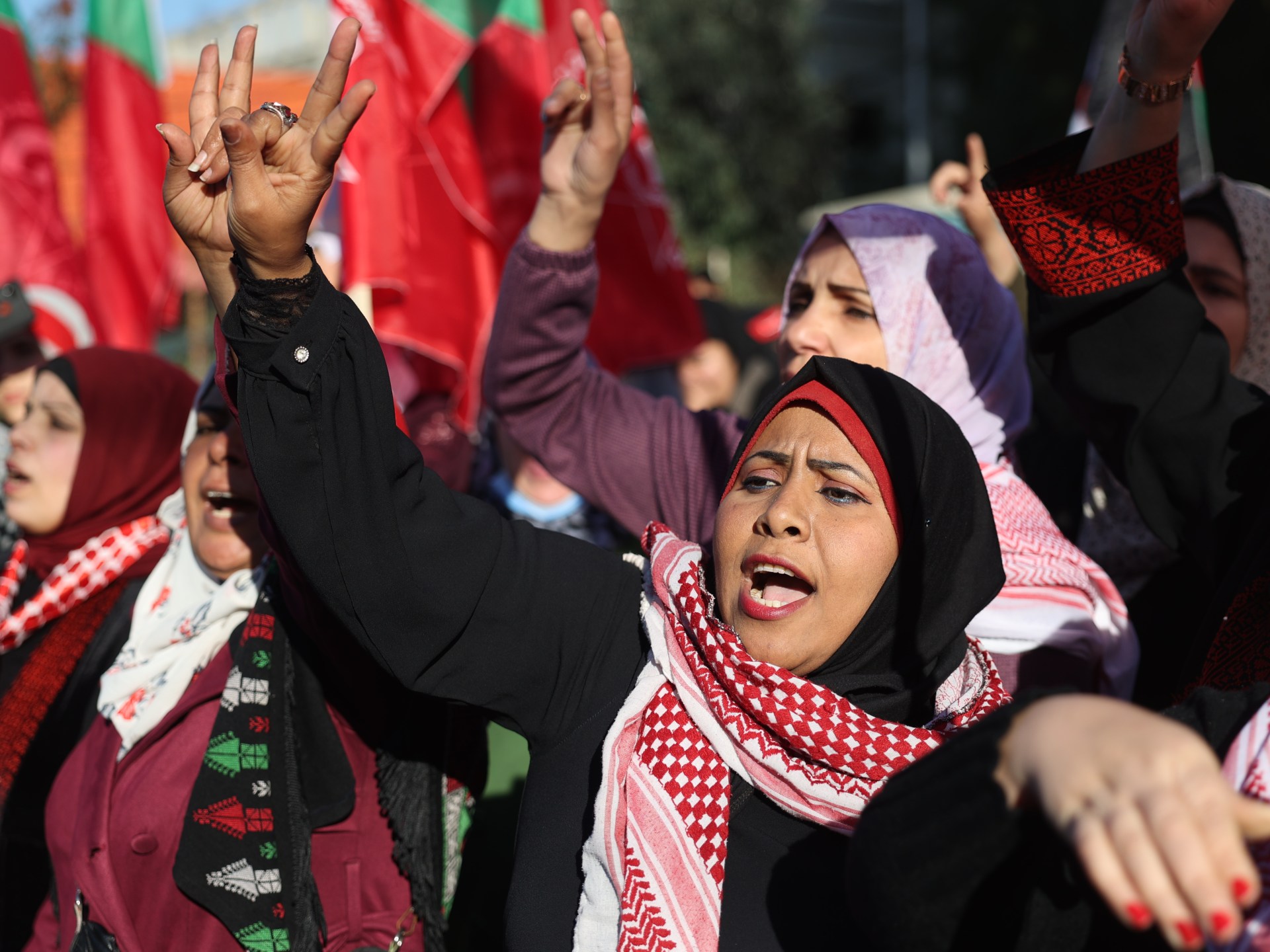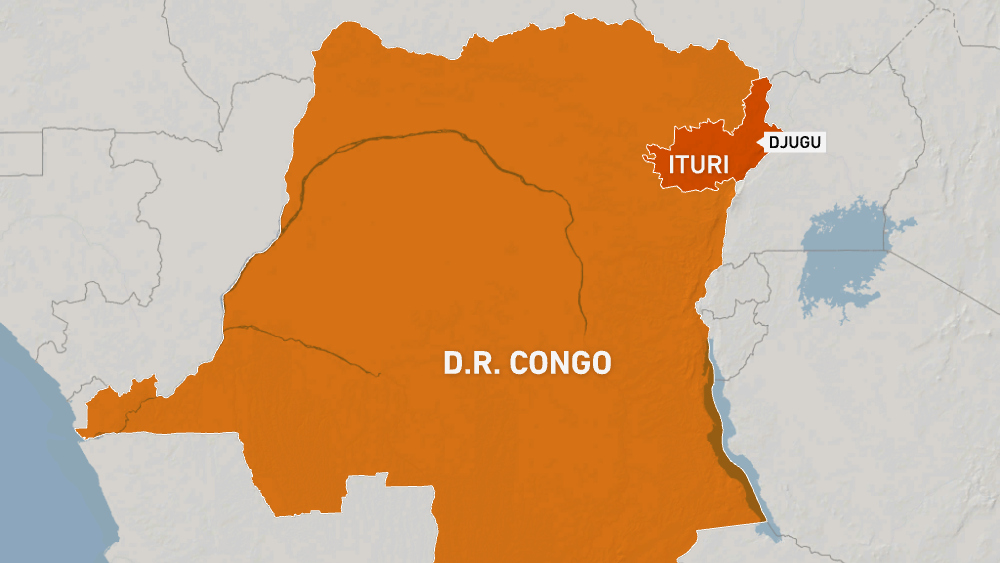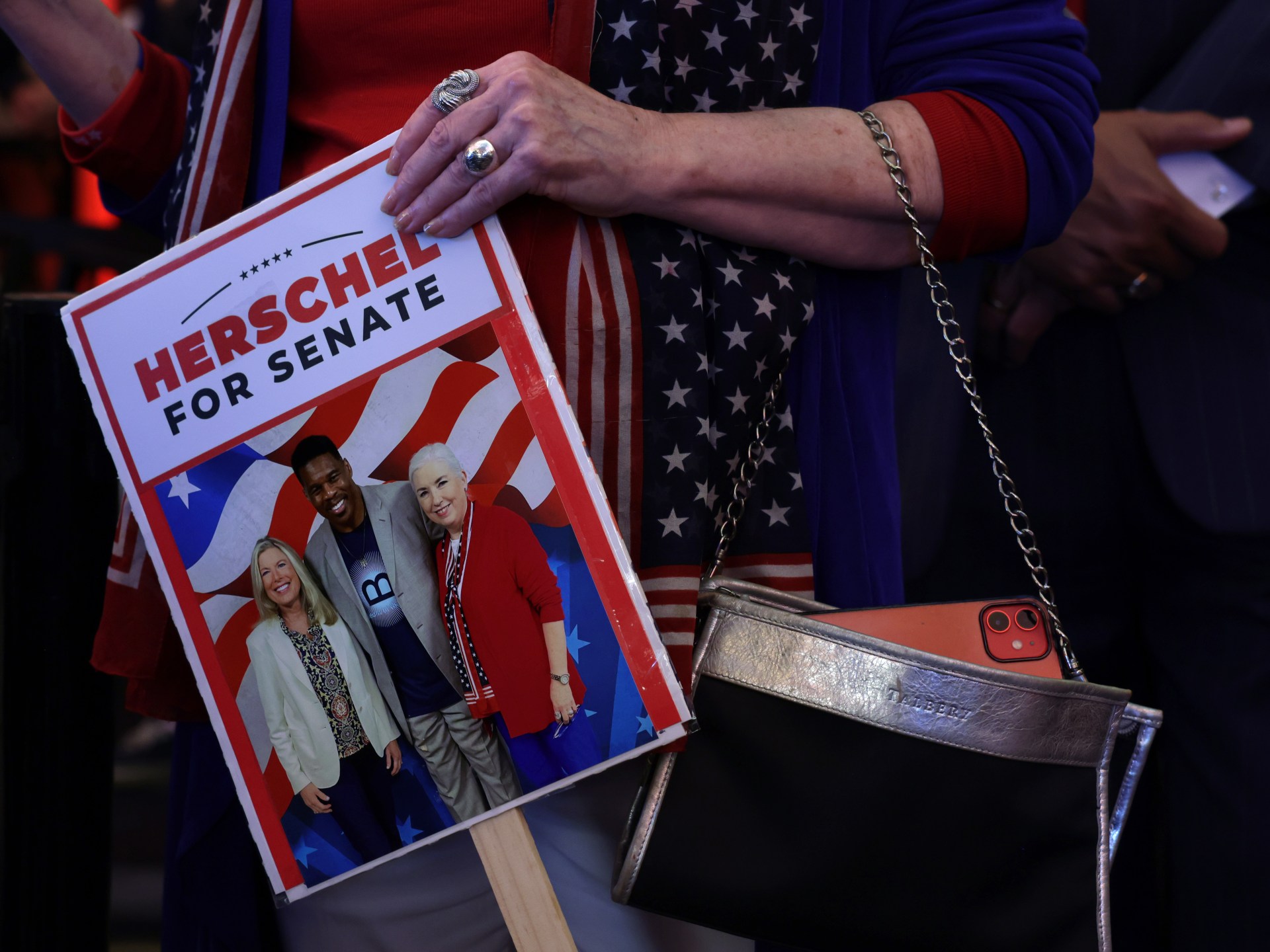Indigenous tribe sues US over lack of Pine Ridge law enforcement
Holly Wilson had just left to pick up soda for a steak dinner with her nine grandchildren last May, when a barrage of bullets was fired into her home on the largest Native American reservation in South Dakota, part of the midwestern United States.
Her six-year-old grandson, Logan Warrior Goings, jumped from the family’s loveseat and raced across the room to his grandfather — and was shot in the head. It took at least 15 minutes for a single tribal law enforcement officer to arrive. But by then, the drive-by shooters were gone, and Logan, a “kind and gentle” boy who loved Xbox and his Siamese cat Simon, was dead.

“He was the sweetest little boy,” said Wilson, 62. “He was so helpful for grandma. He was my best partner.”
Months later, a father and son who live near Wilson on the Pine Ridge Indian Reservation, home to the Oglala Sioux Tribe, were shot and killed by an intruder, and their bodies were not found for six days, she said. Recently, Wilson’s oldest son was held at gunpoint in his home.
These types of crimes have become increasingly common on the 14,000sq-km (5,400sq-mile) reservation. Only 33 officers and eight criminal investigators are responsible for more than 100,000 emergency calls each year across the reservation, which is about the size of the state of Connecticut, tribal officials said.
The officers and investigators are all federally funded — but the tribe says the law enforcement presence is just not enough.
The tribe sued the Bureau of Indian Affairs and some high-level officials in July, alleging the US is not complying with its treaty obligations nor its trust responsibility by failing to provide adequate law enforcement to address the “public safety crisis” on the reservation.
The federal government countered in court documents that the tribe cannot prove treaties force the US to provide the tribe with its “preferred level of staffing or funding for law enforcement”. After two days of court proceedings this week, a judge said he would take the case under advisement.
“We need change. Everybody’s tired of the same old talk. It’s all talk, talk, talk every year after year, and our people have suffered for decades,” Oglala Sioux Tribe President Frank Star Comes Out told The Associated Press. “We believe now is the time to take that stand.”
The federal government has a trust duty to Indigenous nations and has made promises to tribes under treaty agreements, which should be read liberally and in favour of Native American tribes, explained Robert Miller, law professor at Arizona State University and an enrolled citizen of the Eastern Shawnee Tribe in Oklahoma.
“If federal law enforcement is woefully weak, which it is on most reservations, it’s not carrying out its duty as the trustee, as the guardian of Indian nations,” he said.
Indigenous nations have increasingly advocated for treaty rights, including hunting, fishing and education, in the courtroom, with some success. In 2020, the US Supreme Court made its landmark McGirt decision, ruling that a large portion of eastern Oklahoma, promised in treaties to the Muscogee (Creek) Nation, would remain a reservation.
In court documents in this case, the Oglala Sioux Tribe points to treaties such as the 1868 Treaty of Fort Laramie, which states that if someone commits a crime against Native Americans, the US will “proceed at once to cause the offender to be arrested and punished according to the laws of the United States, and also reimburse the injured person for the loss sustained”.
Star Comes Out said he hoped Oglala Sioux’s lawsuit, which was filed just days after the Northern Cheyenne Tribe in Montana filed a similar one, will help to serve as an example for other tribes in the Great Plains and beyond who are facing similar situations.
The South Dakota reservation, about 130 kilometres (80 miles) southeast of Rapid City, is located between the Nebraska border and the Bakken oil fields.
The location has made it convenient for both human and drug trafficking, explained Patricia Marks, a lawyer with the tribe, while its lack of police has meant it’s known as a “lawless area”.
“We’ve had a radical increase in guns, gun violence,” she said. “We’ve had a radical increase in hard narcotics. It is heroin. It’s fentanyl. It’s meth. It is things that are life-threatening.”
Between January and June 2022, tribal law enforcement received 285 reports of missing persons, 308 gun-related calls and 49 reports of rape, Oglala Sioux officials said. There are typically only five tribal officers on any given shift, and response time for weapon-related calls can be anywhere from 40 minutes to an hour, Marks said.
In 2020, there were 155 more violent crimes reported by the Oglala Sioux tribal law enforcement compared with 2017, according to the US Bureau of Justice Statistics.
Criminal jurisdiction in “Indian Country” is complicated and depends on whether the suspect, victim or both are Native American, as well as where the crime occurs.
The federal government, tribes and counties have tried to bolster public safety on reservations — where, in some locations, Native women are killed at a rate more than 10 times the national average — with approaches that include cross-commissioning agreements, expanding sentencing authority for tribes and programmes that allowed tribal prosecutors to try cases in federal court.
The landmark Tribal Law and Order Act of 2010, for example, expanded the sentencing authority of tribal courts under certain conditions.
The Department of Justice has also worked to increase funding given to tribes to address crime, including last year when officials announced it would award more than $246m in grants to Native communities to improve public safety and help crime victims.
But the tribe said none of this has been enough.
On the Pine Ridge Indian Reservation, the Federal Bureau of Investigation (FBI) has jurisdiction over a set of major crimes. But its closest office is in Rapid City, so it can take more than two hours for agents to arrive, explained Marks.
“For all practical purposes, it is the tribal police who are the first responders regardless of the type of crime,” she said. “They’re the ones that have to get out there and answer the call.”
The tribe would need more than 140 more police officers on the reservation to fight the rampant crime, according to court documents.
JoAnn Sierra, 79, a member of the Oglala Sioux Tribe, said two of her sons and two of her grandsons were killed on or near the reservation. The most recent case involved her grandson, Justin Little Hawk, 40, who in November 2020 was ambushed by a man he did not recognise while driving two of Sierra’s teenage grandchildren, she said.
The man got in the backseat of Sierra’s car and shot Little Hawk after the other grandchildren ran out. He died shortly before Christmas, and the person responsible was never convicted, Sierra said.
“It just makes me feel like I’m lost … Why does this have to happen here?” Sierra asked. “Why didn’t I move?”
Since the death of Logan, who was given the Lakota name Petá Zi Hoksila, meaning Yellow Fire Boy, Wilson has plastered the reservation with signs that said things like “Justice for Logan” and “Who killed grandma’s baby?” in the hope of bringing attention to his death.
She said that, after Logan was shot, she waited months to hear from the FBI, and when she tried to talk with tribal law enforcement, they were limited in what they could say due to jurisdictional issues.
Wilson said she believed if there had been more law enforcement responding quickly, her grandson’s case could have been solved.
“It’s sad that we had to take those measures as a tribe to get the help that should have been there,” she said through tears. “It should have been there according to the treaties. And yet we all had to live like this. Lose people. Lose loved ones.”



